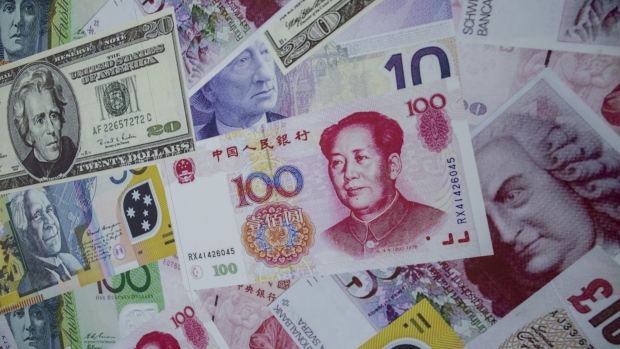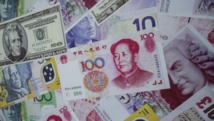The first annual fall of foreign reserves was noted in 2015. According to the Central Bank of China, they reduced by $ 482 billion from January to December 2015, while the year before there was an increase of $ 20 billion. The reduction began immediately after the peak in July, when the reserves amounted to a record of $ 3.39 trillion. The two-year strengthening of the Yuan ended about the same time. At the times of financial crisis of 2008-2009 China’s reserves were also decreasing, but the fall was noted only for a few months and was not consistent.
The current reduction in reserves is because of increased capital outflows from the country and attempts to maintain the stability of the Yuan rate against the background of US dollar strengthening as well. What is more, the Yuan weakening expectations, in turn, contributed to increased outflow. After the announcement of the course on the capital account liberalization in 2013, many people counted on the Yuan strengthening. This led to a fast growth in foreign currency debt burden of the corporate sector. As a result, companies were massively repaying their obligations for the last 2 years. However, there was an outflow in direct investments since the middle of the last year, says the Washington’s Institute of International Finance. According to official data, foreign direct investments level was higher than the outflow last year ($ 126 billion and $ 118 billion respectively). According to the estimates of the institute’s experts, net capital outflow from China reached $ 676 billion in 2015, and it sped up to $ 115 billion in December.
"Although the amount of remaining foreign reserves is big enough, the rate of reduction is simply not sustainable and is a cause for concern", IHS Global Insight reported. It will be remembered that the official growth forecast was lowered to 6.5-7% of GDP for this year. In 2015 the forecast growth level was around 7%, but in fact growth slowed to 6.9%. In conclusion, the majority of international experts expect a significant slowdown of the growth level to 6,3-6,2%.
source: cnbc.com
The current reduction in reserves is because of increased capital outflows from the country and attempts to maintain the stability of the Yuan rate against the background of US dollar strengthening as well. What is more, the Yuan weakening expectations, in turn, contributed to increased outflow. After the announcement of the course on the capital account liberalization in 2013, many people counted on the Yuan strengthening. This led to a fast growth in foreign currency debt burden of the corporate sector. As a result, companies were massively repaying their obligations for the last 2 years. However, there was an outflow in direct investments since the middle of the last year, says the Washington’s Institute of International Finance. According to official data, foreign direct investments level was higher than the outflow last year ($ 126 billion and $ 118 billion respectively). According to the estimates of the institute’s experts, net capital outflow from China reached $ 676 billion in 2015, and it sped up to $ 115 billion in December.
"Although the amount of remaining foreign reserves is big enough, the rate of reduction is simply not sustainable and is a cause for concern", IHS Global Insight reported. It will be remembered that the official growth forecast was lowered to 6.5-7% of GDP for this year. In 2015 the forecast growth level was around 7%, but in fact growth slowed to 6.9%. In conclusion, the majority of international experts expect a significant slowdown of the growth level to 6,3-6,2%.
source: cnbc.com



















